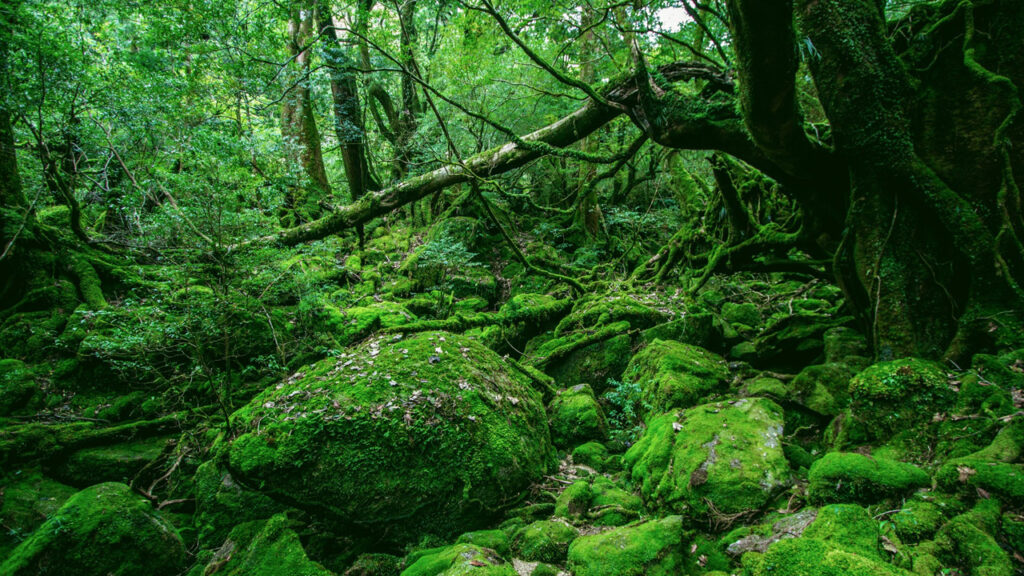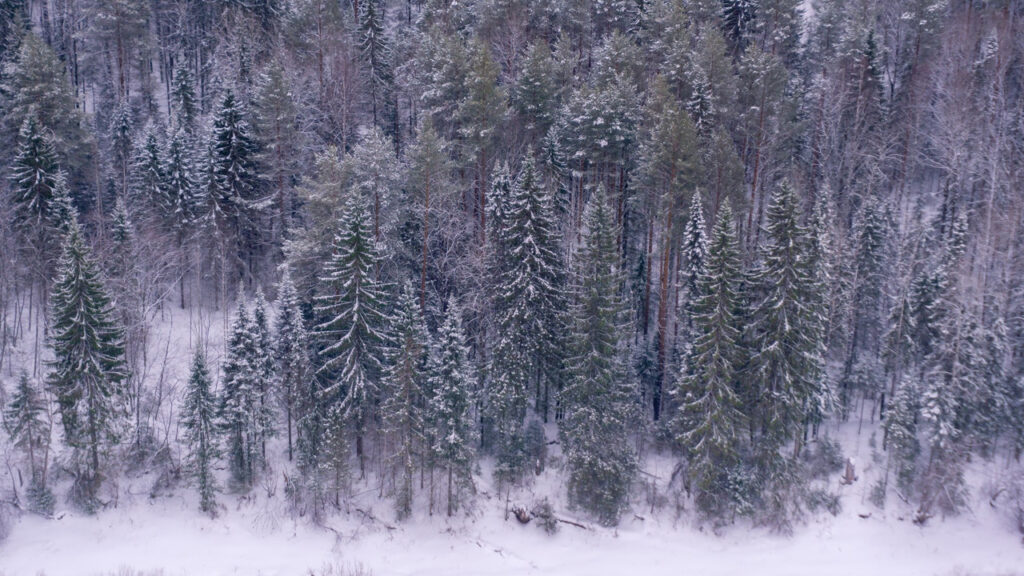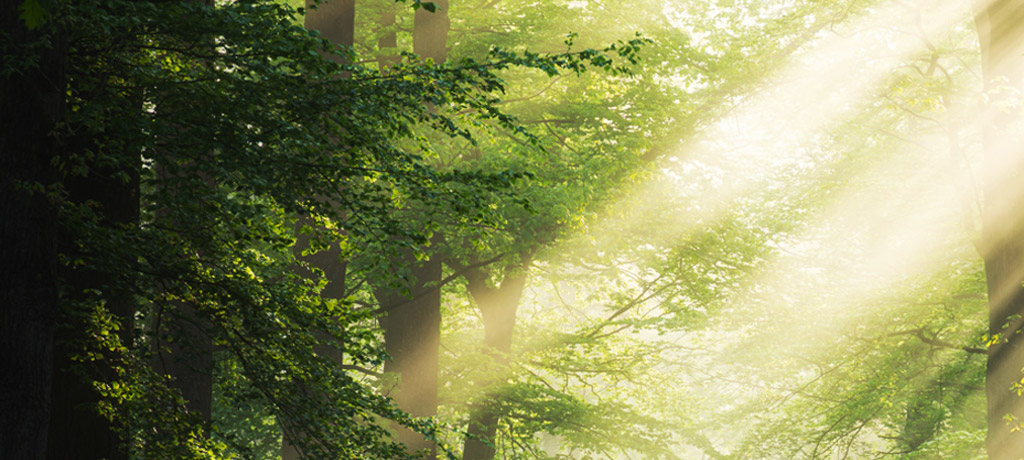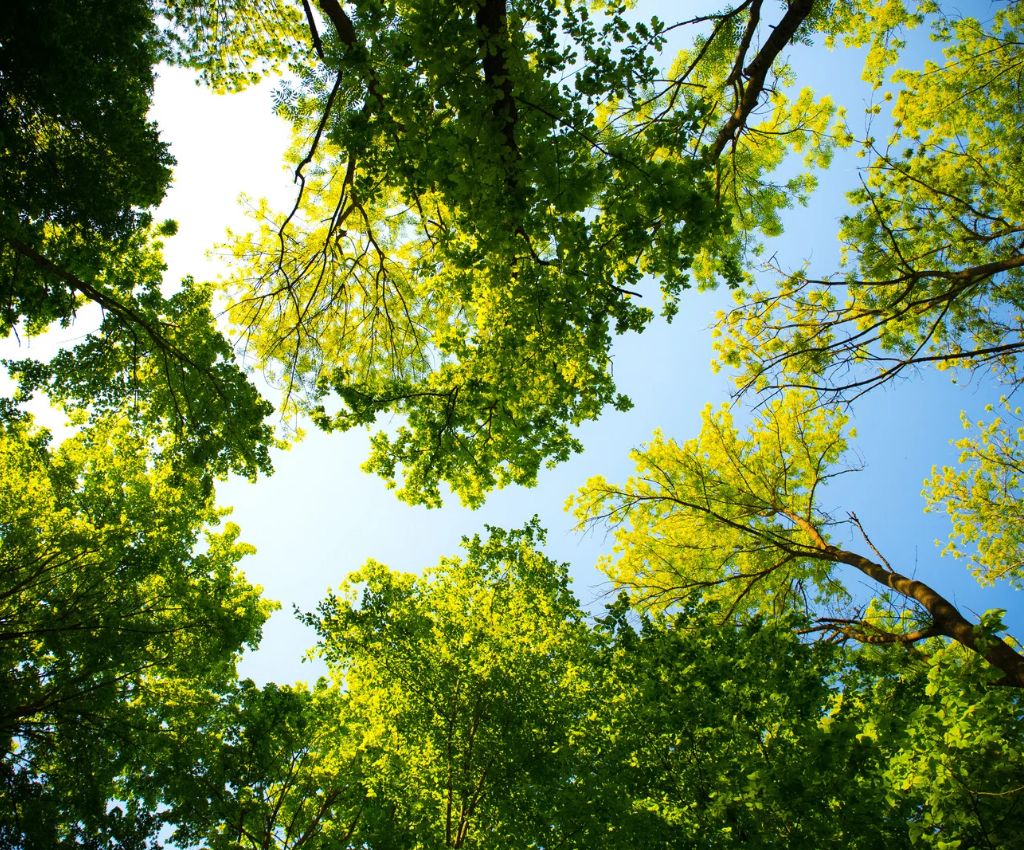Forests of the World
30 per cent of the land area around the globe is covered with forests.
Total land area of the earth is 510 million Km2. So nearly 160 million Km2 of it is forests. When a piece of land or hills is covered by trees at least five metres (16 feet) high, and covers an area of at least 0.5 hectares (1.2 acres) at a stretch, it is considered by definition, a forest.
That is a lot, more than enough to support all life on the planet because forests not just soak Co2 from the atmosphere and give back O2 but directly support nearly 1.6 billion people and invaluable animal life that thrives in forests of the planet.
Forests cover 31 percent of the global land area. Approximately half the forest area is relatively intact, and more than one-third is primary forest. That is naturally regenerated forests of native species – where there is no human activity and the ecological processes are not significantly disturbed.

Temperate Forests
Temperate forests are found across eastern North America and Eurasia. The temperatures of temperate forests vary throughout the year because of the four distinct seasons at these latitudes. These forests developed over millions of years because the rainfall was abundant which created fertile soil. Very diverse tree species are found in temperate, warm and Mediterranean climate zones.

Tropical Forests
Tropical forests are the world’s most valuable natural resource. They are populating earth around the equator in Africa, Southeast Asia, sub-Saharan Africa, and Central America. They support the world’s most diverse animal, bird and insect life which is critical to biodiversity and ecological balance on the planet. Deforestation of Tropical forests at fast pace has alarmed the world community for several years.

Boreal Forests
Boreal forest is the world’s largest land biome.They spread across the globe above 70 parallel in Siberia, Scandinavia, Canada and North America. These forests are covered in snow in winter and have plentiful moisture but recently they have started to experience extreme heat and forest fires. Boreal forests play a very significant role in removing carbon dioxide from the atmosphere.

Forest ecosystems are so valuable to the planet that it is right that nature lovers, scientists and policymakers are worried about loss of forests. Forests are being killed by human action, droughts and now by wildfires.
Just when deforestation for economic reasons was beginning to be dealt with through a global effort and started to bring some results a bigger, greater and more existential threat has arisen to forests.
It is the destruction caused by uncontrolled large wildfires that now threatens the earth’s forests
Climate change, disease or insects and large uncontrolled forest fires are interconnected and are causing mass death of trees.

During 2001–2018, historical estimates of annual global wildfire burned areas ranged from 394 to 519 million hectares, with an average of 463 million hectares. The Copernicus Sentinel-3 mission recorded 79,000 wildfires worldwide in August 2019 compared to just over 16,000 wildfires detected during the same period in 2018. An apparent increase in catastrophic wildfires has been found globally in recent years. For example, California suffered wildfire in 2018 on the heels of a devastating 2017 wildfire.
Record wildfire destruction in the US
2020, western wildfires were considered the most destructive wildfires in the history of the USA. It is additionally estimated that there were thousands of smoke-related deaths, and over 10,000 structures have been damaged or destroyed. In 2019, wildfires burned 1.01 million hectares in Alaska, and massive wildfires occurred in Siberia, which were both driving extremely high temperatures

Record Wildfire Destruction In Europe
1.6 million acres of European forests have already been destroyed by fires this year, according to EU data. This year would be the worst since records began in 2006.
Across Europe, in summer of 2022, an area equivalent to one-fifth of Belgium has been ravaged by wildfires in record year for wildfire destruction.
According to data from the European Forest Fire Information System (Effis), 1.6 million acres of land burned across the continent this year.
The figure is 56% higher than the previous record in 2017.
Spain has so far been hardest hit, losing 244,924 hectares, followed by Romania (150,528) and Portugal (77,292). More than 60,000 hectares have burned in France, half as much again as the 43,600 it lost in the whole of 2019, its previous record
Wildfire Emissions
Forest fires release many greenhouse gases, mainly CO2, methane and nitrogen oxides, which are toxic to humans, as well as aerosols, soot (extra-fine particles) and tars.
French fires released nearly 1 million tonnes of carbon, equivalent to the annual emissions of 790,000 cars, into the atmosphere from June to August 11 alone. At this rate, the mark for the whole of 2003 (nearly 1.3 million tonnes) could be broken, the report said, making 2022 the worst year since records began.
However, we need not be despondent because Earth Observation Satellites and Artificial Intelligence can give us the knowledge and insight required to prevent mega fires and regenerate forests.
In recent years, Global action, and carbon finance have mobilised governments and civil society and there have been increases in the size of some forests.
Major regreen, replantation and reforestation drives have produced positive results.
Those efforts have been directed at man-made-deforestation and now with the risk being million X more, humanity must use #Naturetech, #Science & #EarthObservation to empower forest cares and managers to do fast paced forest fire risk mitigation to save the forests from fires.
Smart, data driven forest regeneration, reforestation in forest fire burned areas, and regreening of forest lands to protect soil and prevent desertification.
Once regreening and reforestation starts, forests can also naturally replenish themselves. For this to happen land and soil, plant culture must be nurtured, bugs and disease dealt with, invasive species killed and allow forest to heal itself.
Global Forest Economy
A 2020 Report by World Economic concludes that of 163 industry sectors and their supply chains over half of the world’s GDP – $44 trillion of economic value generation – is moderately or highly dependent on nature.
As climate change weakens nature’s resilience, nature loses its capacity to provide its resources and services. Industries highly dependent on nature generate 15% of global GDP ($13 trillion) and face significant disruption due to climate change. Moderately dependent industries generate 37% ($31 trillion) and will not be unaffected by climate change and disasters…
Forests support more than 45 million direct and indirect jobs globally and have a share of more than $1.3 trillion in the world economy. The global timber sector employs 13.2 million people and is worth $600 billion each year.
We should be reminded of some basic facts, too. Forests are a habitat of over 60,000 species of trees, 80% of amphibian species, 75% of bird species, and 68% of mammal species globally.
If forest fires and depletion of forest health are not halted, current deforestation patterns can spur irreversible environmental and economic damage. According to a report by WWF, environmental degradation can cause a cumulative loss of $9.9 trillion by 2050.
Until recently the most significant threat to forests was expansion in croplands and in expanding populations looking to find sources of food and fuel and sustain livelihoods. These communities include small and micro farmers who make up 70% of the African population and rely primarily on land and agroforestry to make a living. Forest fires now threaten not only to destroy the forests but the livelihoods of these communities as well.
Preserving Forest As Natural Carbon Sink
Global forests provide a net “carbon sink” that absorbs a net 7.6 billion metric tonnes of CO2 per year. Gross carbon removal 15.6 billion of tonnes of global annual CO2 equivalent emissions (GtCO2e/year) and gross emissions from deforestation and other disturbances of 8.1 GtCO2e yr.
These emissions are now set to substantially increase due to wildfires from the Boreal forests of the arctic, to the temperate forests in North America, Europe and Asia.
The Planet’s ecosystem has remained in a balance because the natural process of forests that absorbs CO2 and releases O2.
For this to happen, forests must be in good health and must constantly renew and regrow.
The natural cycle of forest life of regeneration, regrowth and regreening now needs a human push and support because climate change, induced draughts and extremities have brought forests under great strain. As forests die, are cut or they burn, they become net emitters of Co2. This would be an enormous catastrophe for the planetary life system.

Scientists are certain that maintaining existing forests and preventing their destruction from fires or other natural or manmade calamities, is the best hope for continued carbon sequestration. Forest carbon stores and continued carbon sequestration must be maintained. If this balance falters or fails, earth might see a domino effect in climate caused emergencies.
Smart forest management whereby forests are trimmed, vegetation is managed, invasive species are removed, pests and bugs are treated, fuel is removed, trees are regrown gives the best result in healthy trees that continue to be carbon sinks.